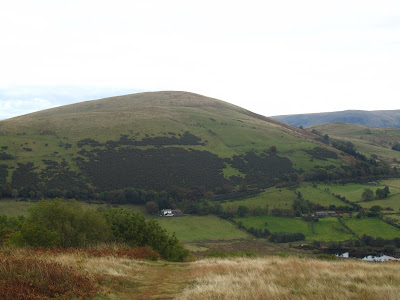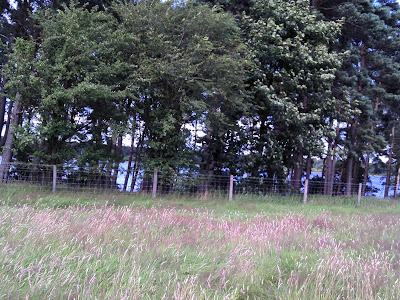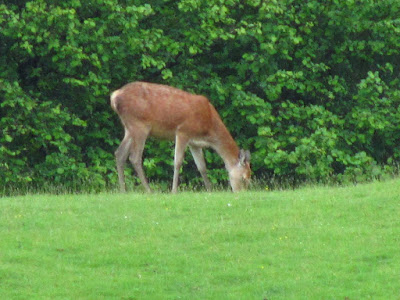Its position means it is an ideal stop off for a quick walk on the way home. A quick walk it indeed is as you can be up and back down having paused to take in the views within a couple of hours no problem. I can think of a number of reasons why people don't rate this as a classic fell, after all, it's not massively challenging, with no scrambles to trouble you. It also stands on its own with no ridge route to adjacent fells, and it's summit is not the most spectacular one I have visited.
But it does have a lot to offer of its own right. Perhaps the above facts mean that it is a less popular fell, so when the crowds head to the Catbells, Skiddaws and Castle Crags of this part of the world, this is probably the place to head for a quieter walk.
The scenery is quite different to most of Lakeland too, offering woods and moorland walking as you make your way up the fell. Best of all are the views that Great Mell Fell offer. From its isolated position you get a fantastic view of Blencathra, neighbouring Little Mell Fell and over towards the Dodds as well as the Far Eastern Fells beyond Ullswater and beyond. So for a little fell this really does have a lot to offer.
Our walk took us up and down along the same path, starting from the track at Brownrigg Farm. We headed up on the woodland path that eventually takes you around the periphery of the fell, before heading upwards over a stile. Here the walk takes you along a gnarled and windswept scenery and you are left wondering how and why some of the trees here are still standing, bent double as they are.
The path is simple enough to follow and without many natural obstacles all you need to do is head upwards. The ascent reminded me of my visit to Binsey, climbing steadily up a wide grassy plain. As always - the higher up, the greater the views and the big reward here was hitting the brow of the fell and seeing the vista open up towards Blencathra.
After a short pause to take in the summit views we took the same route back down to the car, glad to have discovered this quiet and pleasant part of Lakeland.



































